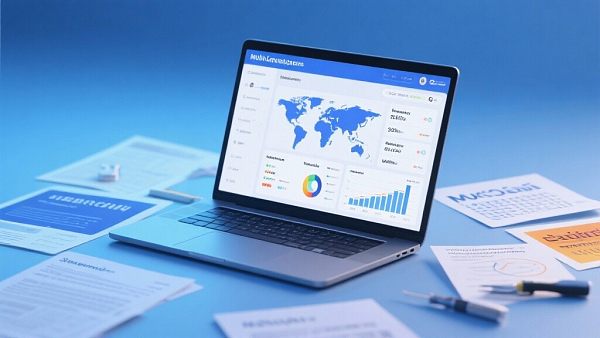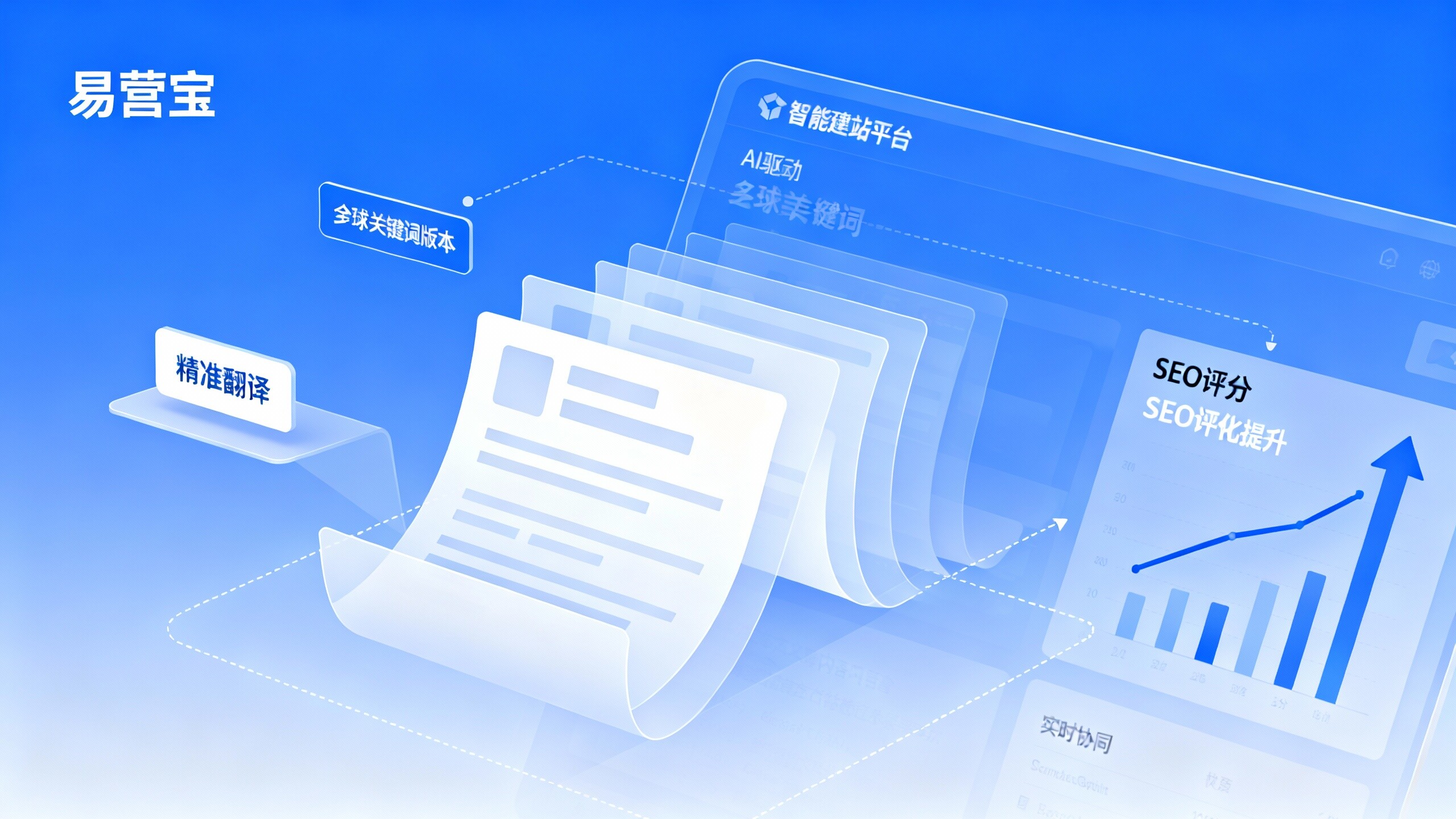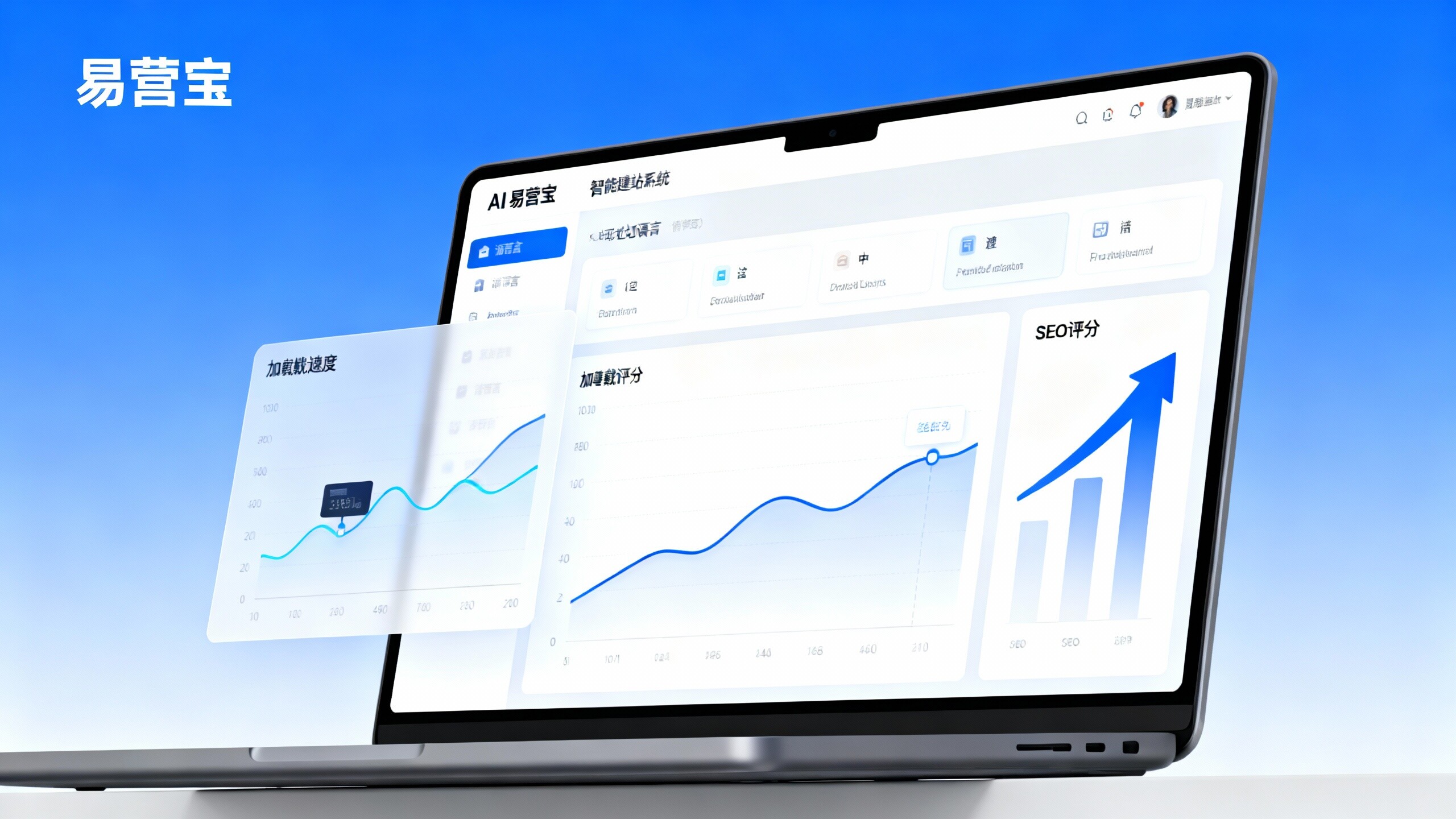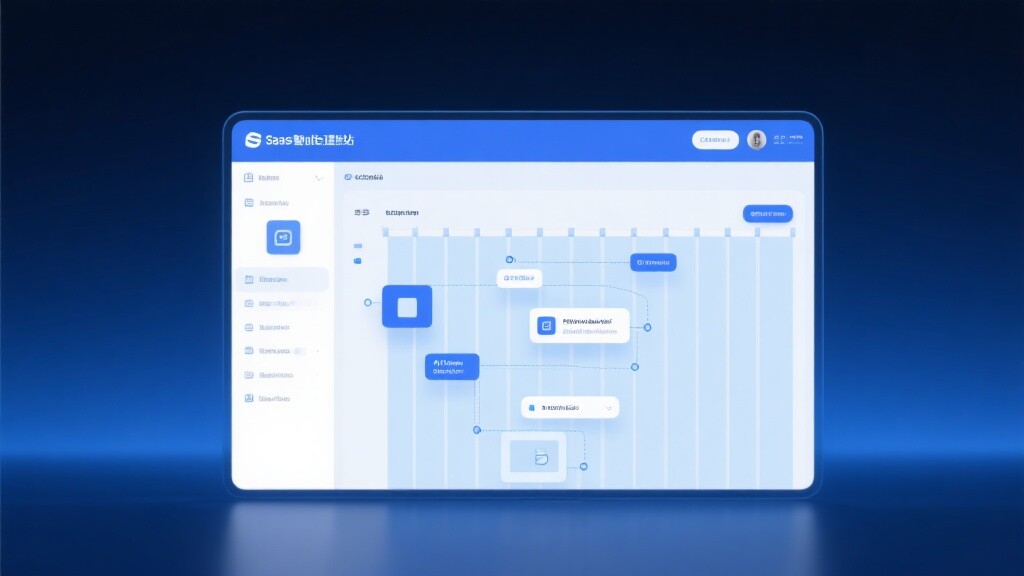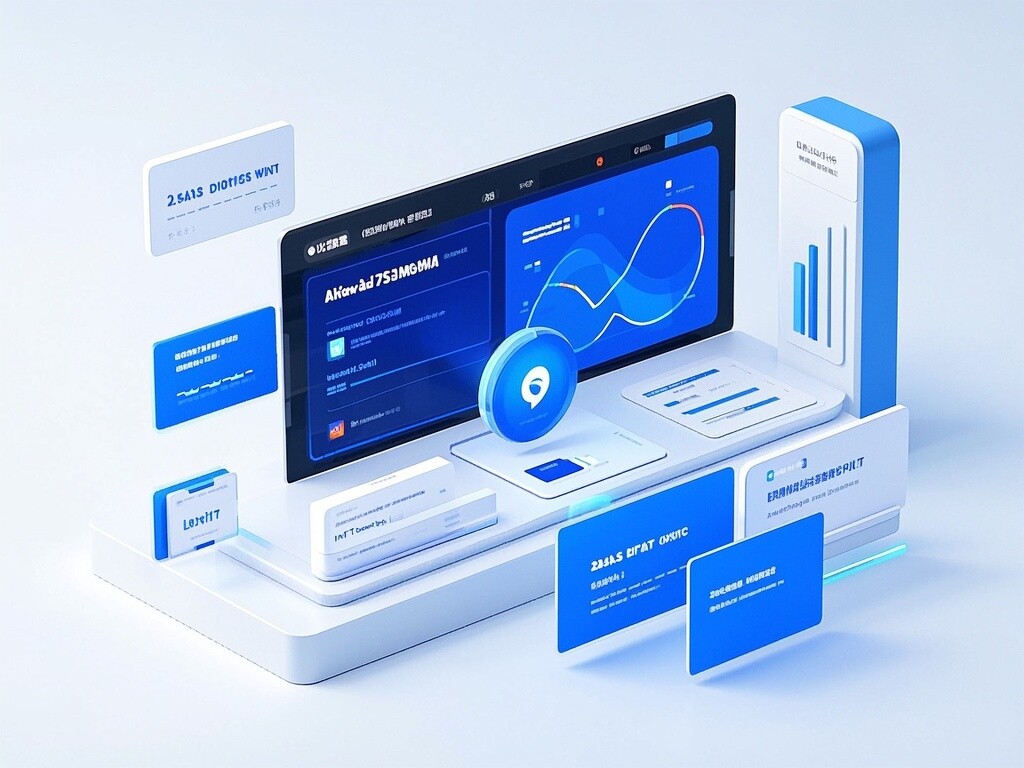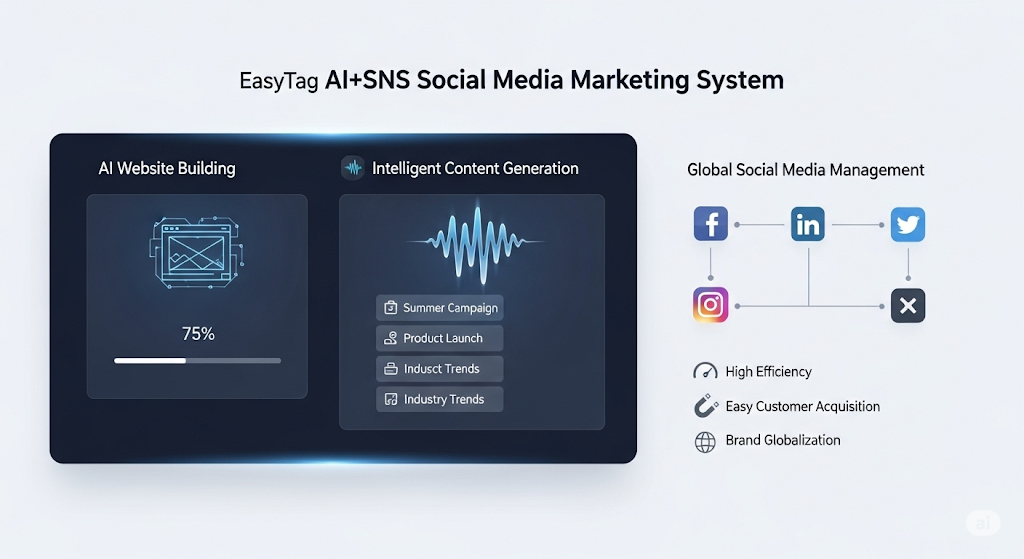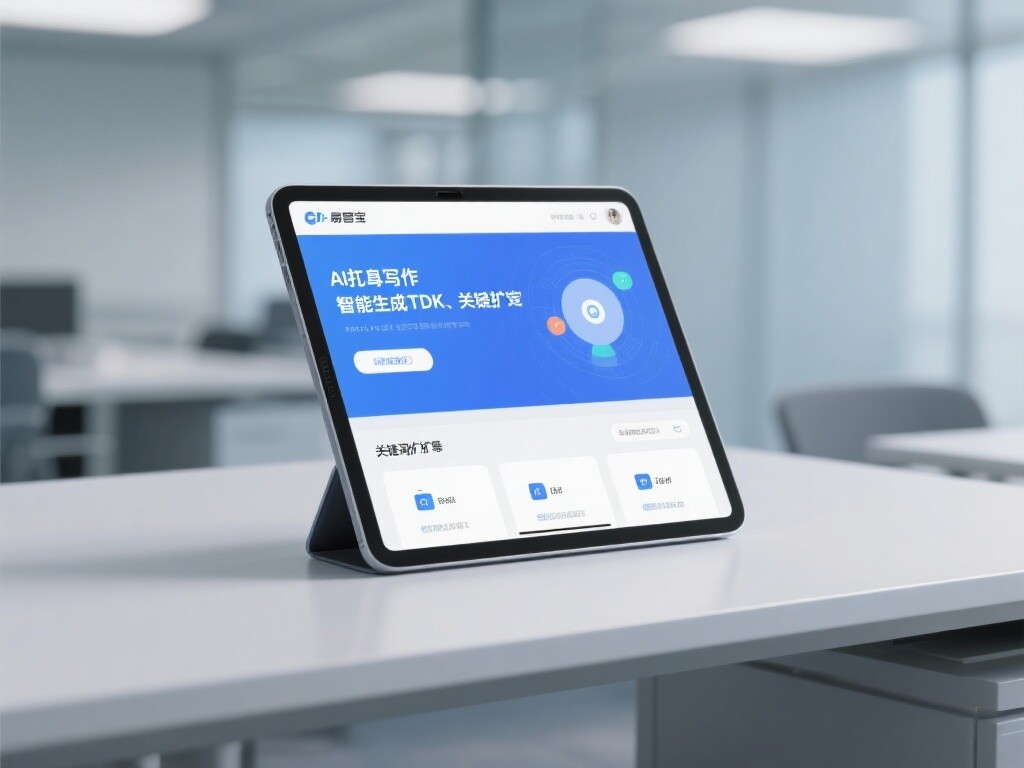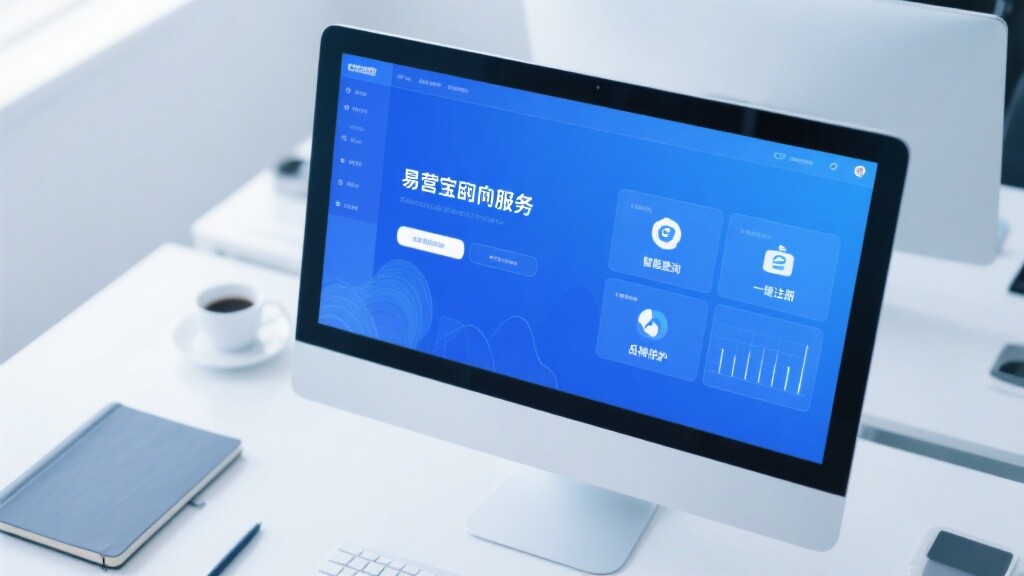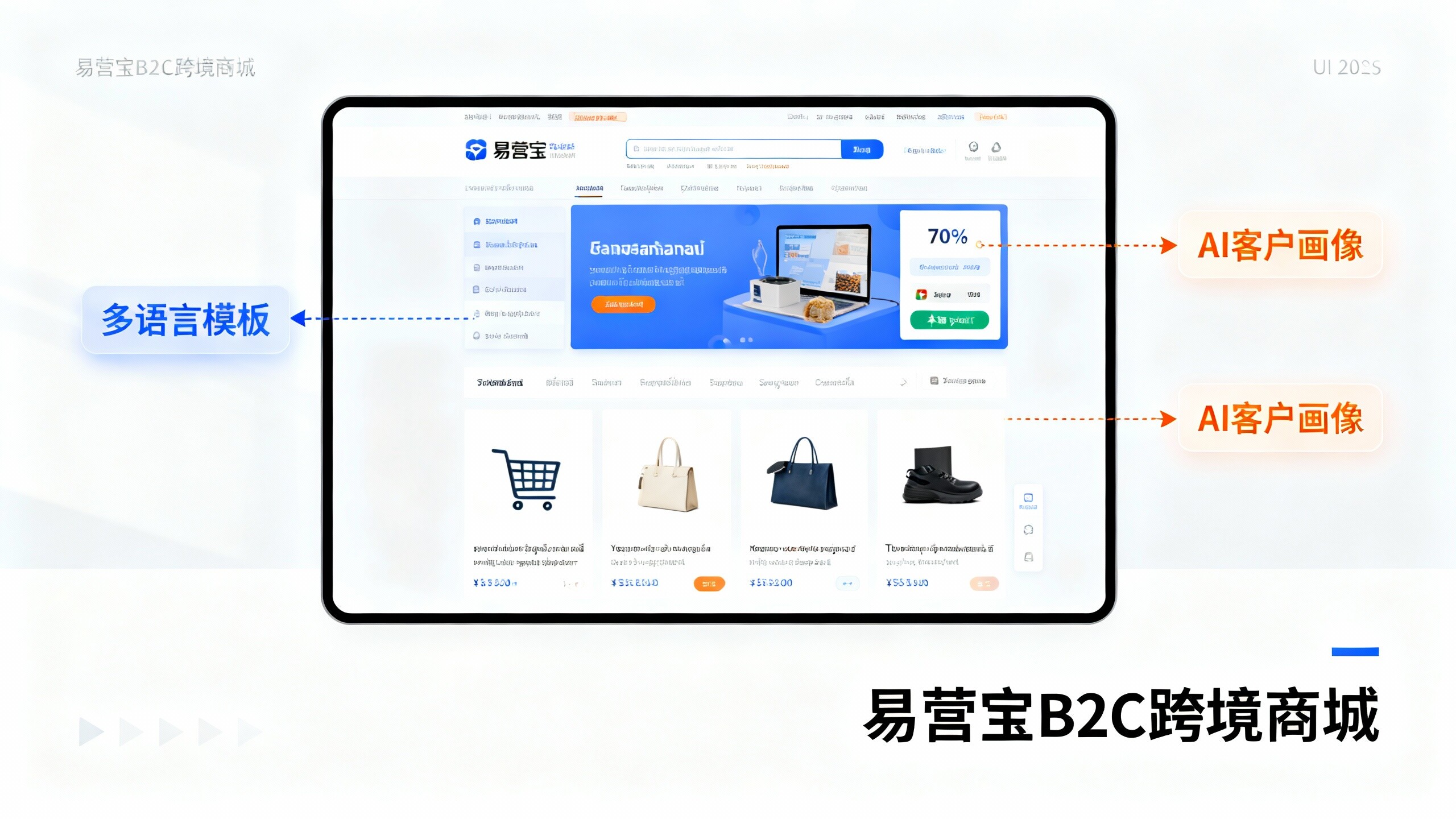- Smart Website Industry Analysis: 2024 B2B Market Trends and Selection Guide2025-12-19View details
- IDC SaaS Platform User Satisfaction Survey: Which Platform Offers the Most Considerate After-Sales Service?2025-12-19View details
- Is the cost of building a foreign trade independent website high? How does the budget impact multilingual support for different languages?2025-12-19View details
- How to Improve Inquiry Quality Through B2B Standalone Site Optimization + Multilingual Website in 2025: Google SEO Practical Methods2025-12-18View details
- B2B Website Comparison: Facebook Marketing vs Google Advertising Which Improves Inquiry Quality and ROI2025-12-19View details
- AI Advertising Platform Selection Guide: Cost, Effectiveness, and Platform Stability Comparison2025-12-19View details
- From Website Building to Yandex Promotion: A Complete Online Growth Path for Foreign Trade Enterprises2025-12-18View details
- Poor Yandex promotion results? Your foreign trade independent website may lack Russian SEO structure2025-12-18View details
Multilingual SEO in Action: How to Make Your Foreign Trade Website Cover the Global Market?
I. Core Challenges and Breakthroughs in Multilingual SEO
According to Common Sense Advisory research, 75% of consumers only purchase products described in their native language, while merely 20% of export enterprises can provide professional multilingual content. Language barriers directly cause an average loss of 37% potential customers. Breaking through this dilemma requires a three-dimensional solution integrating "Technology + Content + Operations":
- Technology Layer: Utilize multilingual independent site solutions with AI translation engines to achieve intelligent conversion across 300+ languages with 60% accuracy improvement
- Content Layer: Automatically generate TDK tags based on local search habits, e.g. German market content must include precise product specifications
- Operations Layer: Monitor conversion rate disparities across language sites via real-time dashboards for dynamic resource allocation
Common Pitfalls: Three Traps of Pseudo-Multilingual Sites
II. Technical Implementation: Building Global Infrastructure

Multilingual website architecture directly impacts SEO performance and user experience. Our intelligent system achieves global coverage through these innovations:
- Server Deployment: Host German sites on AWS Frankfurt nodes ensuring European access latency below 80ms
- Mobile Adaptation: Develop right-slide layouts for Middle Eastern markets to enhance Arabic UX
- Loading Optimization: Accelerate image resources via CDN, maintaining stable 2-second load times across all language versions
Key Performance Metrics Comparison
Testing data shows optimized multilingual sites demonstrate significant improvements in Google Core Web Vitals:
- LCP (Largest Contentful Paint) reduced from 4.3s to 1.7s
- CLS (Cumulative Layout Shift) score improved from 0.25 to 0.02
- Multilingual index coverage increased to 98%
III. Content Localization: Precision Adaptation Beyond Translation
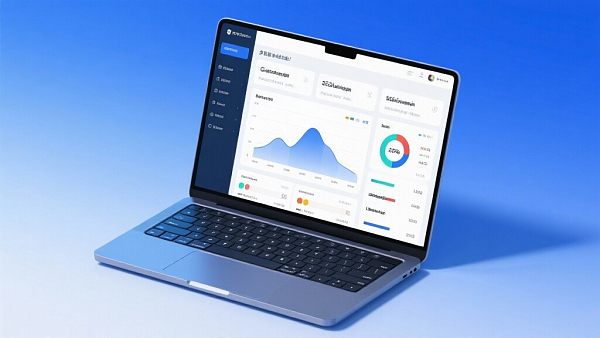
Authentic multilingual SEO requires content aligned with local search behaviors and cultural cognition. We recommend:
- Keyword Strategy: German industrial buyers prefer searching "technische spezifikationen" rather than translated "technical specifications"
- Visual Adaptation: Japanese sites should adopt vertical text layouts matching local reading habits
- Trust Signals: Highlight ISO certifications for EU/US markets while adding social proof for Southeast Asia
AI Content Generation Case Study
After implementing multilingual independent site solutions' AI keyword expansion:
- Russian long-tail keyword coverage increased 320%
- Spanish product pages' average dwell time rose from 47s to 2m18s
- French site conversion rate grew 290% YoY
IV. Operations System: Building Sustainable Growth Flywheels
Multilingual SEO requires standardized operational workflows:
Why Choose Our Solution?
- Technical Assurance: 15 NLP patents with industry-leading translation accuracy
- Cost Advantage: 75% lower localization costs than traditional translation teams
- Proven Results: Average $12,000+ B2B order value for partner clients
Experience our multilingual independent site solutions now to receive your customized globalization diagnostic report.
Related Articles
 Smart Website Industry Analysis: 2024 B2B Market Trends and Selection Guide
Smart Website Industry Analysis: 2024 B2B Market Trends and Selection Guide IDC SaaS Platform User Satisfaction Survey: Which Platform Offers the Most Considerate After-Sales Service?
IDC SaaS Platform User Satisfaction Survey: Which Platform Offers the Most Considerate After-Sales Service? Is the cost of building a foreign trade independent website high? How does the budget impact multilingual support for different languages?
Is the cost of building a foreign trade independent website high? How does the budget impact multilingual support for different languages?
Related Products

